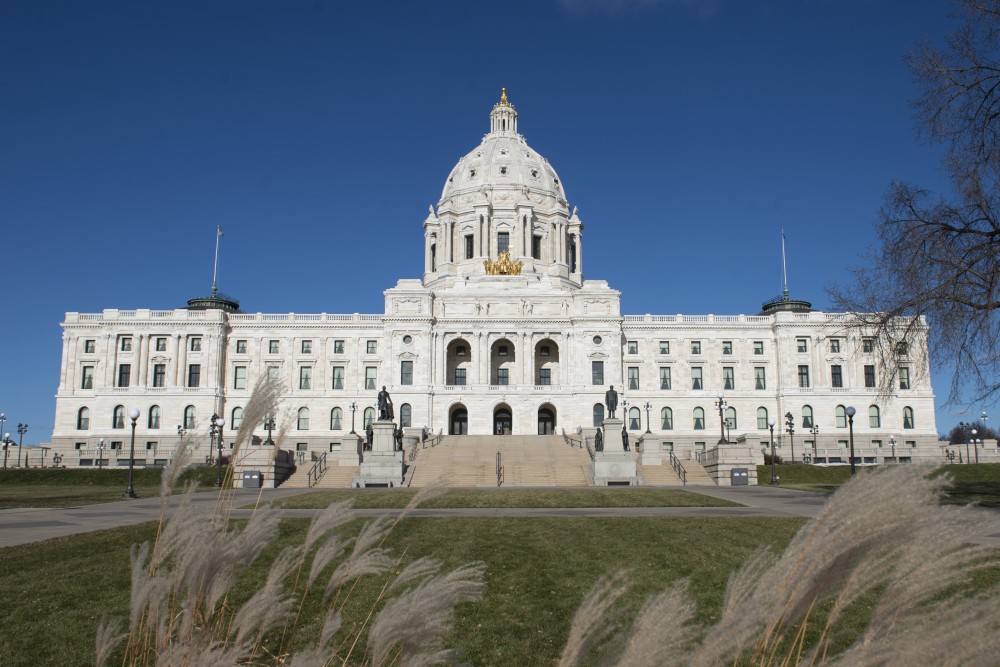The University of Minnesota received a sizeable amount of capital investment funding from a recently passed House bill, but Republican lawmakers say the bill is unlikely to pass if it makes it to the floor.
The House Capital Investment Division allocated $150 million to the University of Minnesota from their $1.5 billion general obligation omnibus bonding bill last week. The bill, which funds $117 million of the school’s $232 million Higher Education Asset Preservation and Replacement request and fully funds the Institute of Child Development building replacement on the Twin Cities campus and the renovation of A.B. Anderson Hall on the Duluth campus, is consistent with DFL Gov. Tim Walz’s proposal earlier this session.
“I think it is something that, as we move on, can only get better,” House Capital Investment Division Chair Rep. Mary Murphy, DFL-Hermantown, said. “But it is a very good start.”
Capital Investment Division Vice Chair Rep. Fue Lee, DFL-Minneapolis said the governor’s proposal recognized the University’s need.
“We understand the need of the University of Minnesota in regards to some of the requests and that why we felt like HEAPR and asset preservation is really needed. That’s why we stuck with the governor’s recommendation,” Lee said.
Bonding bills are traditionally produced in even-numbered years while odd-numbered years put together the state’s biennial budget. But past odd-year sessions have seen smaller bonding bills pass.

“I do not dispute [the state’s] needs, and pretty much all these expenditures; I don’t quiver with their legitimacies, it’s just the size of the bill,” said Rep. Dean Urdahl, R-Grove City. “The House Republican caucus is not going to support a bill of that size.”
Bonding bills, unlike standard bills, need a supermajority to pass. This year, the bill would need to gather 81 votes in the House, meaning the Democratic caucus would need six Republican votes to pass the omnibus bill.
“They’re not going to get six Republicans to support that bill,” Urdahl said. “I would look more kindly on a smaller bill, heavy on infrastructure.”
But Lee said House Democrats are working to secure the votes.
“I don’t know how we will get there, but $1.5 billion is something we as the DFL caucus believe in having to really invest in public infrastructure, and that’s a value that we have for both red and blue districts across the state of Minnesota,” Lee said.
Some Republican senators are uncertain about passing a bonding bill this session. The omnibus bill has no Senate companion, and the Senate Capital Investment Committee has not met yet this year.
“I have not worked on a bonding bill; I’m not prepared at this point to do a bonding bill,” Senate Capital Investment Committee Chair Sen. David Senjem, R-Rochester, said. “That’s where we sit in the Senate at this point.”
The bill was referred to the House Ways and Means Committee and is expected to be decided upon near the end of session on May 20.
“Bonding bills have become part of the chess game that ends a session,” Urdahl said. “I would not be surprised if that is the case this year.”









